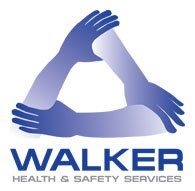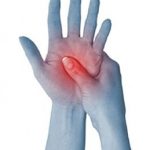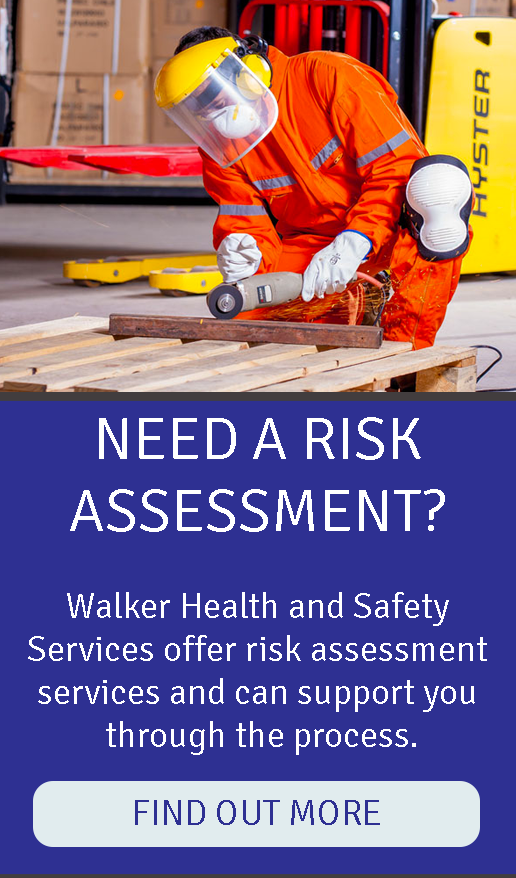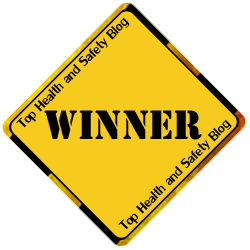- Electronic cigarettes (e-cigarettes) have become popular substitutes for smoking tobacco. It is estimated that there are around 700,000 users of e-cigarettes in the UK.
- The devices consist of an electronic inhaler that vaporises a liquid — which may or may not contain nicotine — and allows the user to inhale an aerosol mist.
- Manufacturers of e-cigarettes provide different “flavours” of liquids (menthol, vanilla, coffee, etc) so that users can choose the taste that they prefer. The “flavours” are usually in a solution used in inhalers for medical purposes, ie for asthma. This provides the simulation of smoking.
- The e-cigarettes normally have an LED light on the tip to identify when the device is being used. The colour is usually blue so that it can be distinguished from tobacco cigarettes.
- Manufacturers have provided liquids that can contain different quantities of nicotine. Hence these can assist tobacco smokers to use an alternative nicotine replacement therapy. In tests, people inhaling the aerosol from liquids containing nicotine have been found to have similar amounts of the substance in their blood as those people using nicotine patches.
- Manufacturers also supply liquids without any nicotine in them, as some users see the psychological habit of “smoking” more critical than simply the nicotine effect itself.
- Currently there is very little information about the long-term health effects of using e-cigarettes. It is clear that there is no combustion of tobacco, so substances like tar do not exist. Hence they appear to offer a safer alternative to tobacco for both the user and those around them. Nicotine is addictive but in the amounts used in e-cigarettes it is thought to be no more harmful than the quantities released in nicotine patches, for example.
- The World Health Organization acknowledges that e-cigarettes are likely to be less harmful than conventional smoking, but warns that their use may potentially increase the background air levels of nicotine and other substances that could be harmful to adolescents and pregnant women. It also points out that e-cigarettes have not been subjected to many independent tests and that any impact on health arising from their use may not become obvious for some years. It, therefore, recommends a legal ban on the indoor use of e-cigarettes and other such devices.
- Given the known health effects of smoking tobacco, the use of e-cigarettes has obvious benefits. In the EU there are proposals to regulate tobacco alternatives that contain nicotine. Such products are permitted but, under the proposal, would require consistency in certain standards of manufacturing the products. While this would put nicotine-containing products under the same controls, e-cigarettes not using nicotine are not likely to be included in such a regime.
E-cigarettes and no smoking policies
- Currently the inhaling of e-cigarettes is not in breach of the No Smoking legal requirements that apply to tobacco.
- However, some employers ban e-cigarettes for food hygiene reasons, eg they do not want any potential food contaminants on the production floor. Others ban e-cigarettes on the basis that it may lead to employees believing that the tobacco ban is no longer in place or can be ignored.
- As e-cigarette users are not smoking tobacco, there appears to be a much reduced health risk when compared to tobacco smoking.
As the sale of e-cigarettes is permitted, the health risks appear to be significantly reduced, and — in the case of liquids containing nicotine — nicotine patches, etc are already available, employers will need to consider their own circumstances whether or not to permit e-cigarettes in the premises they control. Given the emphasis on consultation when developing a smoking policy, it may be equally important to undertake a similar consultation exercise on developing a response to e-cigarette use.
Contact us if you require further information.




 The rate which the Health and Safety Executive (HSE) charges under its Fee for
The rate which the Health and Safety Executive (HSE) charges under its Fee for








